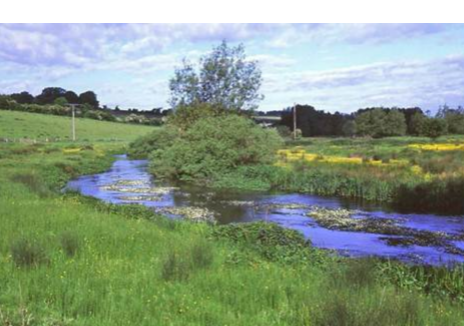
Moderate/low energy river sections predominate in lowland areas and vary hydrochemically from soft acid waters to lime-rich alkaline waters. They naturally support luxurious growths of submerged plants and marginal vegetation that encroaches into the channel over the summer period.
Sections with moderate hydraulic energy have gravel substrates which support a rich invertebrate fauna along with salmonid fish and fastwater cyprinid fish (such as dace and chub).

Rivers and streams with this natural character are protected by the European Habitats Directive (as Habitat H3260- watercourses of plain to montane areas with Ranunculion Fluitantis and Batrachion vegetation). Our chalk rivers form a subset of H3260, fed by chalk aquifers and including classic chalkstreams such as the Test, Itchen and Meon. Lower energy sections are generally very slow-moving and have much in common with lakes, with many
dragonfly and damselfly species and fish communities dominated by species such as roach, perch, pike, eel and bream. These rivers have been particularly affected by channel engineering and dredging to facilitate land drainage and the defence of adjacent land from flooding, as well as impoundment by weirs, pollution, abstraction and non-native species.